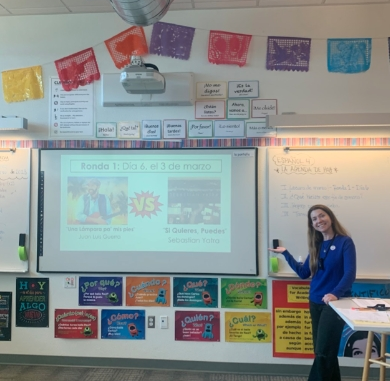
By Mclean Grimes
Executive News Editor
Spanish teacher Felise Shapiro has been teaching at Costa for 23 years and has added her own tradition this year: Locura de Marzo, a global musical “March Madness” bracket consisting of 16 songs.
At the beginning of March, Shapiro’s students started participating in Locura de Marzo. According to Shapiro, she originally found this activity while reading another Spanish teacher’s blog and thought it looked fun.
“I thought ‘what a great way to spread language and culture,’” Shapiro said. “The groups are from all across the Spanish-speaking world, so it kind of gives us a window into different cultures, different accents and different topics.”
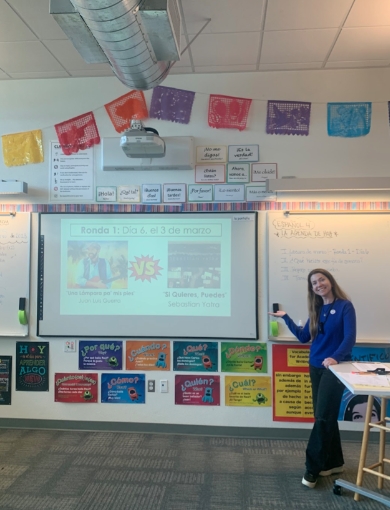
Mis Pies” by Juan Luis Guerra and “Si Quieres, Puedes” by Sebastian Yaytra. She started a
new tradition at Costa called Locura De Marzo, and hopes that it continues in the future at
Costa.
Everyday in the beginning of class, Shapiro shares information about each song and singer and shows the music video to the class, allowing students to vote for their favorite songs. Out of the 16 songs, her favorites are “506,” by Morat, “Arbho,” by Ozuna and GIMS, “La Bachata,” by Manuel Turizo, and “Lámpara Pa’ Mis Pies,” by Juan Luis Guerra.
“I really like Lámpara Pa’ Mis Pies,” Shapiro said. “[Guerra] is a very well-known singer who has been singing for decades, but that song was brand new for me; [Loctura de Marzo has] actually brought new music into my repertoire too, which I think is really nice.”
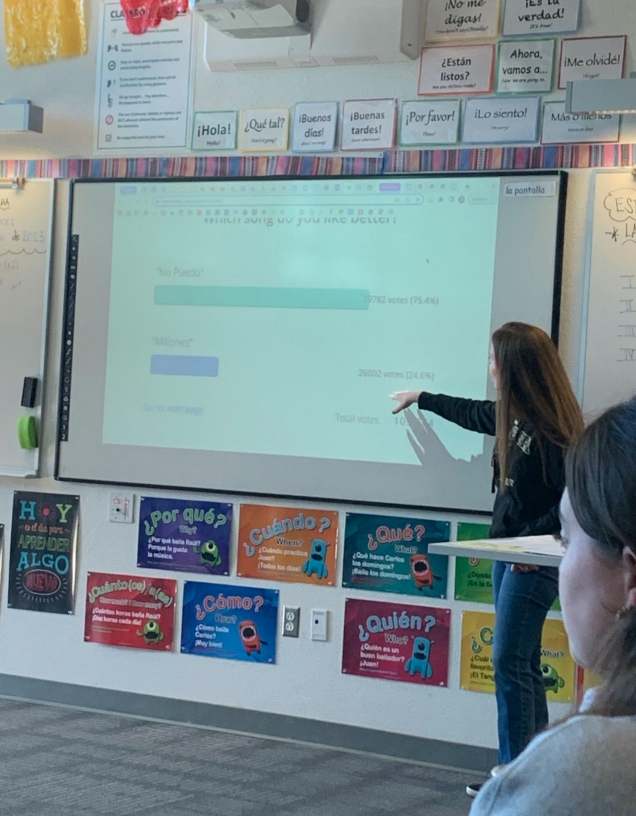
According to Shapiro, one of the main ways she learned Spanish was listening to music, which expanded her vocabulary through the lyrics. She hopes that her students will enjoy listening to music while picking up fluency in Spanish.
“I want students to take it beyond the classroom, so make a Spotify playlist, learn one of the songs, look up the lyrics, learn the lyrics [and] identify,” Shapiro said. “When you do things like that, you start to internalize the grammar as well, so all of the grammar we learn in class suddenly becomes something that people understand.”
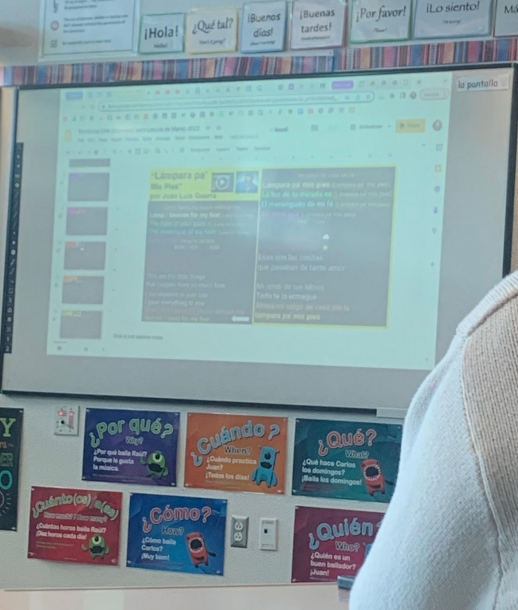
meaning as well as the artist.
Shapiro plans to make Locura de Marzo an annual tradition in her class. She encourages the department and other schools to participate too by putting up banners and brackets in the hallways to get students excited.
“I feel like Spanish is such an important tool, and I really would love every student to continue with Spanish all the way through AP at Costa,” Shapiro said. “Maybe this would be one more reason for them to keep going if they knew this fun activity was coming every spring.”
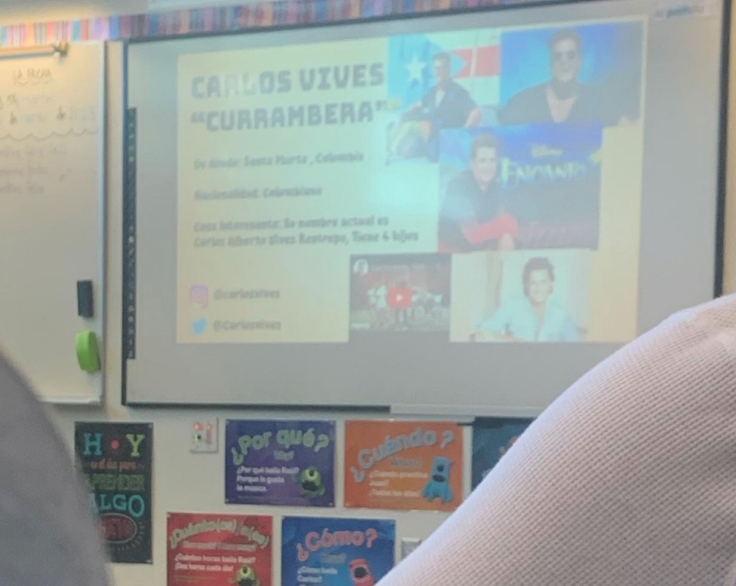
artist, Carlos Vives.
In addition to listening to the songs each day, Shapiro has her students talk to their peers and the class as a whole to review the songs. According to junior Nate Colligan, Shapiro is great at making enjoyable ways to learn, like listening to music.
“I love my classes to feel like a large family,” Shapiro said. “Speaking in a foreign language is always a risk, and I want people to feel comfortable taking that risk, so I work to create an atmosphere of acceptance where classmates are supportive of one another.”
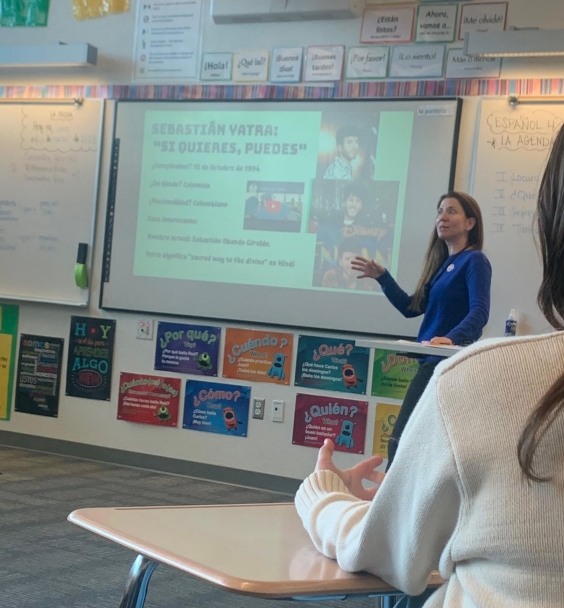
Sebestián Vatra.
Shapiro says that she enjoys looking at the map of every school participating in Locura de Marzo. Being able to see how popular the competition has become around Costa and even in other schools outside of the district has increased her love for Spanish music.
“I think it’s really neat to feel connected to other classrooms outside of our own classroom,” Shapiro said. “For me, it’s about building connections, connections within the classroom, connections with the curriculum and connections to the broader world outside our classroom.”


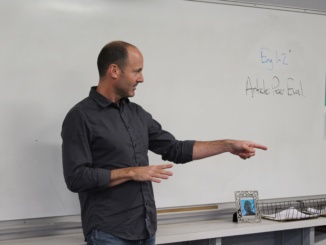

Leave a Reply